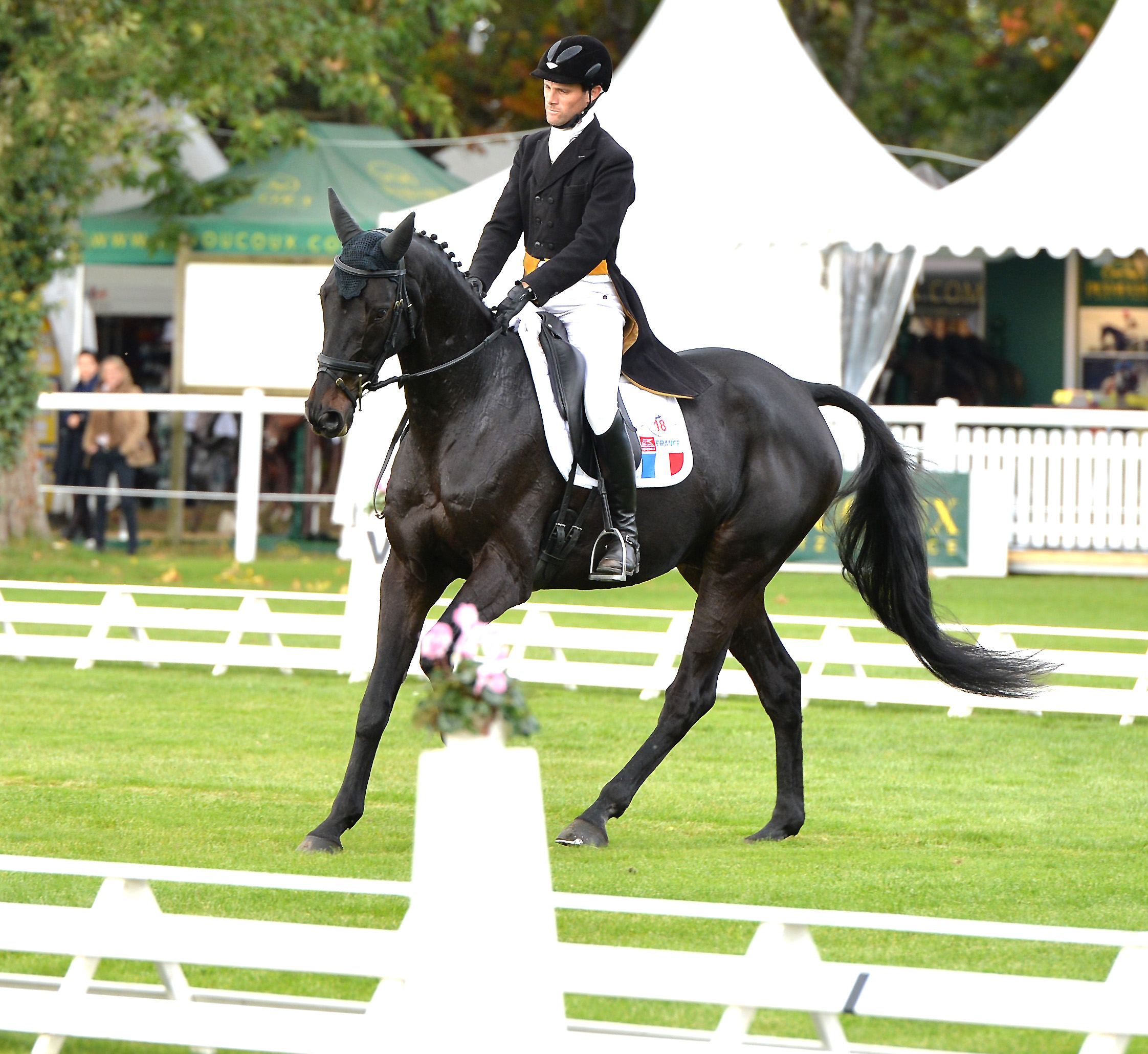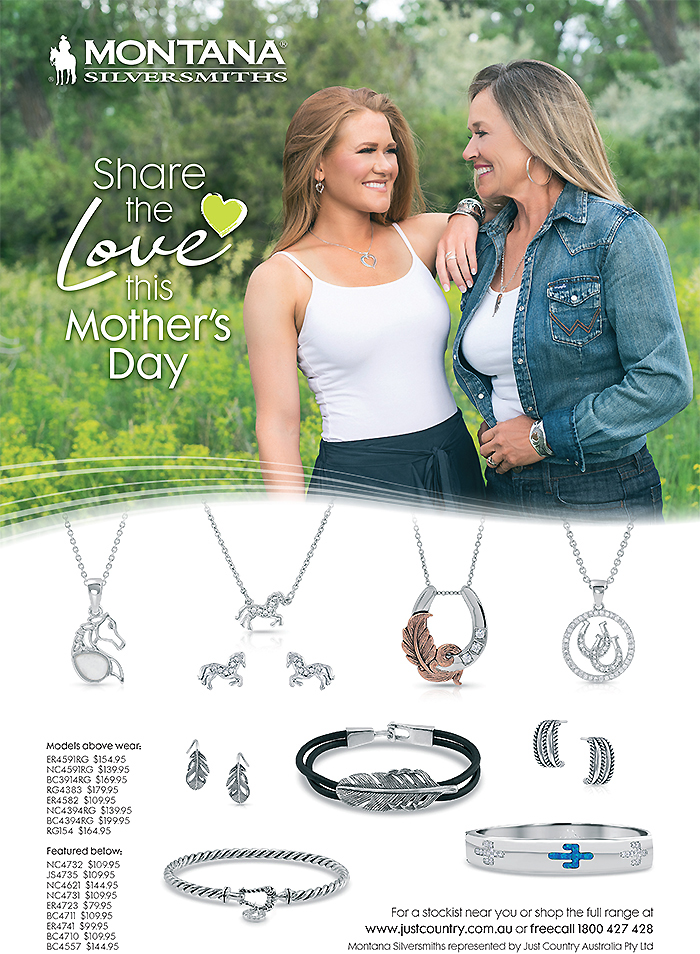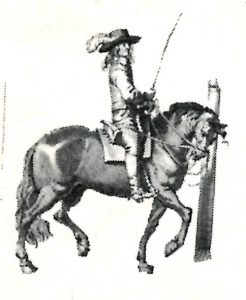 By Dr H.L.M. van Schaik
By Dr H.L.M. van Schaik
The reason why the circle is one of the first schooling movements is that it initiates the horse to lateral flexions. Therefore it is very important that the rider really tries to bend the horse around the inside leg. The horse cannot follow the track of the circle if he is not bent.
It is very important that the circle is ridden in the middle of the arena with B and E as the tangents. Most horses will try to stick on the railing when they reach B or E; therefore, the teacher has to make sure that the horse stays bent and just touches B and E. When the horse has learned to stay bent during the circle, the rider can try to ride the circle at A or C. The difficulty is that, coming so close to the corners, the horse goes into the corners and loses the bend. When this happens the purpose of riding the circle is lost, because the horse straightens. In a dressage test this means a low mark.
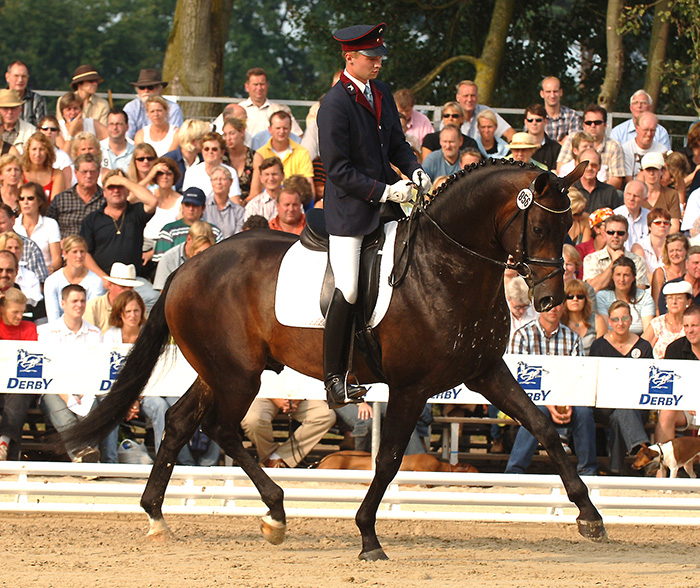
After the horse has, for a certain period of time, been lunged in the appropriate way, it will not be very difficult to ride a twenty metre diameter circle. As the required diameter becomes shorter, the difficulties will increase because the horse has to bend more. Therefore if the circle is larger than required in the test, the score will be lower, because the rider is avoiding the difficulty of the prescribed movement.
story continues below the advertisement
In order to teach the horse to go on the circle, it is helpful if he has learned to yield to pressure of the outside rein against the neck, so that he brings the shoulders on the track of the circle. A vibrating inside rein, so that the rider sees the shimmer of the inside eye will cause flexing of the poll, allowing the horse to look into the direction in which he will be going; pushing the inside knee down will cause more pressure of the inside seatbone, an inside calf closed just behind the girth will help in creating impulsion.
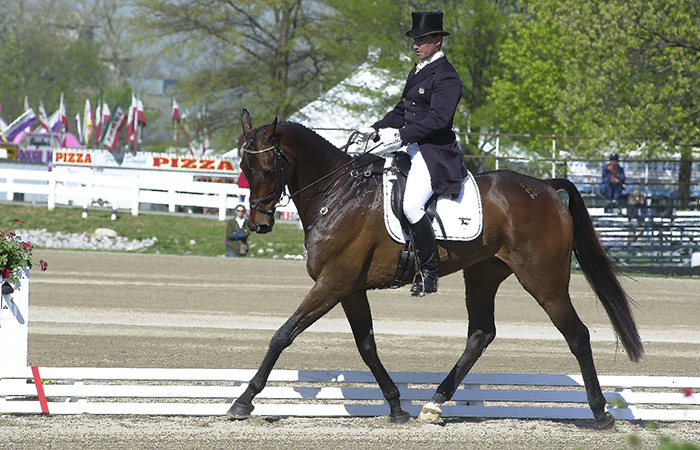
It is a great help if the rider rotates the spinal column, looking with the shoulders and the hips in the direction he wants the horse to go. In the beginning the outside leg has a passive role, namely preventing the haunches from swinging out. As the diameter becomes shorter, for 15 metre, 10 metre, 8 metre circles, and finally the volte of 6 metres, the outside leg becomes more active as the bending has to increase.
story continues below the advertisement
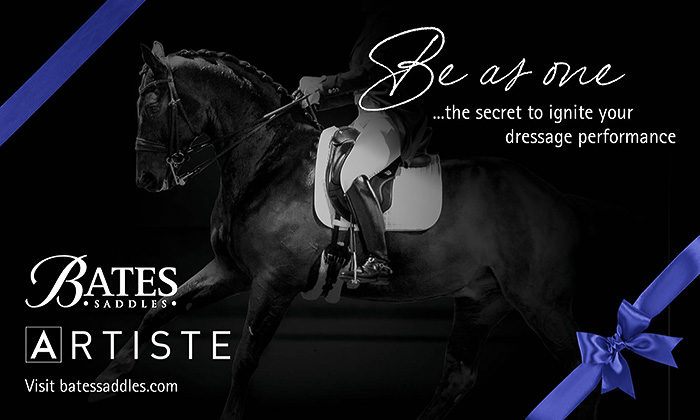
It is essential that the outside rein allows the horse to bend, if that rein is too tight, the horse cannot bend. It is also essential that the rider does not pull with the inside rein as that would cause the horse to go on the outside shoulder.
When riding circles, the rider should never forget that its purpose is to flex the horse laterally in order to loosen him.
This article first appeared in the October 1988 issue of THM.
